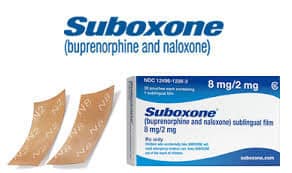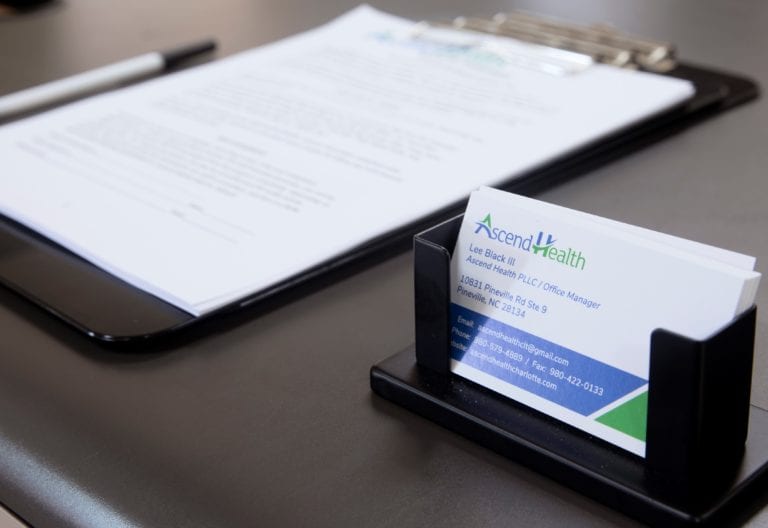 Suboxone and Methadone Treatment Options for Opioid Addiction
Suboxone and Methadone Treatment Options for Opioid Addiction
Overview
This article will discuss the two most commonly used Medication Assisted Treatment options: Suboxone and Methadone treatment for opioid addiction recovery. People in recovery prefer these two options because many clinics offer out-patient programs that meet face to face with the provider and medical staff. Many Methadone clinics operate on a daily-dosing schedule where the patient shows up daily to be dosed, which can be inconvenient while most Suboxone treatment clinics can have extended time between visits which can be more convenient.
Opioid Addiction
Opiates have a far-reaching umbrella and include drugs such as morphine, heroin, oxycodone, hydrocodone, fentanyl and even codeine. The reason it is so easy for some to become addicted is twofold: One is people can become tolerant to the drug where more is needed over time to experience the same feelings. The other is the ability of the drug to activate receptors in the brain. This is why Suboxone and Methadone treatment patients seek clinics for help.
Overdose Information
2018 data shows that every day, 128 people in the United States die after overdosing on opioids. The misuse of and addiction to opioids is a serious national crisis. The Centers for Disease Control and Prevention estimates that the total “economic burden” of prescription opioid misuse alone in the United States is $78.5 billion a year.
How did this happen?
In the late 1990’s healthcare providers began to prescribe opiates at greater rates. This led to widespread diversion and misuse of these medications. It became clear that these medications could indeed be highly addictive. Opioid overdose rates began to increase. In 2017, more than 47,000 Americans died as a result of an opioid overdose. That same year, an estimated 1.7 million people in the United States suffered from substance use disorders related to prescription opioid pain relievers and 652,000 suffered from a heroin use disorder.
About Suboxone
Suboxone is a medication used to treat opioid dependence. According to the World Health Organization, an estimated 15 million people suffer from opioid dependence. Suboxone is used to treat this addiction. Buprenorphine is considered a “partial opioid agonist,” meaning that it produces a milder form of the effects produced by opioids. One of the advantages of using Suboxone is that it cannot be taken to achieve a full opioid effect. This makes Suboxone treatment more difficult to abuse than other forms of medication-assisted treatment, such as methadone.
Benefits of Suboxone Treatment
The benefits of Suboxone treatment are many. First, Suboxone is prescribed in an outpatient addiction treatment center. With Suboxone treatment, there is a reduction in full opioid antagonists’ effects, fewer cravings, and a suppression of withdrawal effects. Unlike methadone, Suboxone can be prescribed in a doctor’s office. Only about 10 percent of people who suffer from opioid dependence are being treated for it. Suboxone treatment is good for those who may not have accessibility to many options.
What Are the Dangers of Using Suboxone?
While Suboxone treatment is an excellent resource for those seeking recovery from opiate addiction, it has its disadvantages. Suboxone is typically a drug that users take for a long time to maintain recovery. As a partial opioid agonist, it still allows some opioid dependence in users. When users aim to get off Suboxone treatment, they should taper their dosage under medical supervision. Like other medication-assisted treatments, Suboxone treatment does not “cure” addiction. It should only be used in accordance with a comprehensive treatment program.
Why is this Methadone medication prescribed?
Methadone is used to prevent withdrawal symptoms in patients who were addicted to opiate drugs. It is in a class of medications called opiate analgesics. The drug works to treat pain by changing the way the brain and nervous system respond to pain. It works to treat people who were addicted to opiate drugs by producing similar effects. It helps prevent withdrawal symptoms in people who have stopped using opiates.
How should Methadone medicine be used?
Methadone comes as a tablet, a solution, and a concentrated solution to take by mouth. When methadone is used to relieve pain, it may be taken every 8 to 12 hours. If you take methadone as part of a treatment program, your doctor will prescribe a dosing schedule. Follow the directions on your prescription label carefully. Ask your doctor or pharmacist to explain any part you do not understand. Take methadone exactly as directed.
Methadone Warnings
Methadone may be habit forming. While taking methadone, discuss with your healthcare provider your pain treatment goals. Talk to your healthcare provider immediately and ask for guidance if you think that you have an opioid addiction. Call the U.S. Substance Abuse and Mental Health Services Administration (SAMHSA) National Helpline at 1-800-662-HELP.
For more information about treatment options, please visit Ascend Health PLLC or call 980-579-4889.

 Suboxone and Methadone Treatment Options for Opioid Addiction
Suboxone and Methadone Treatment Options for Opioid Addiction

